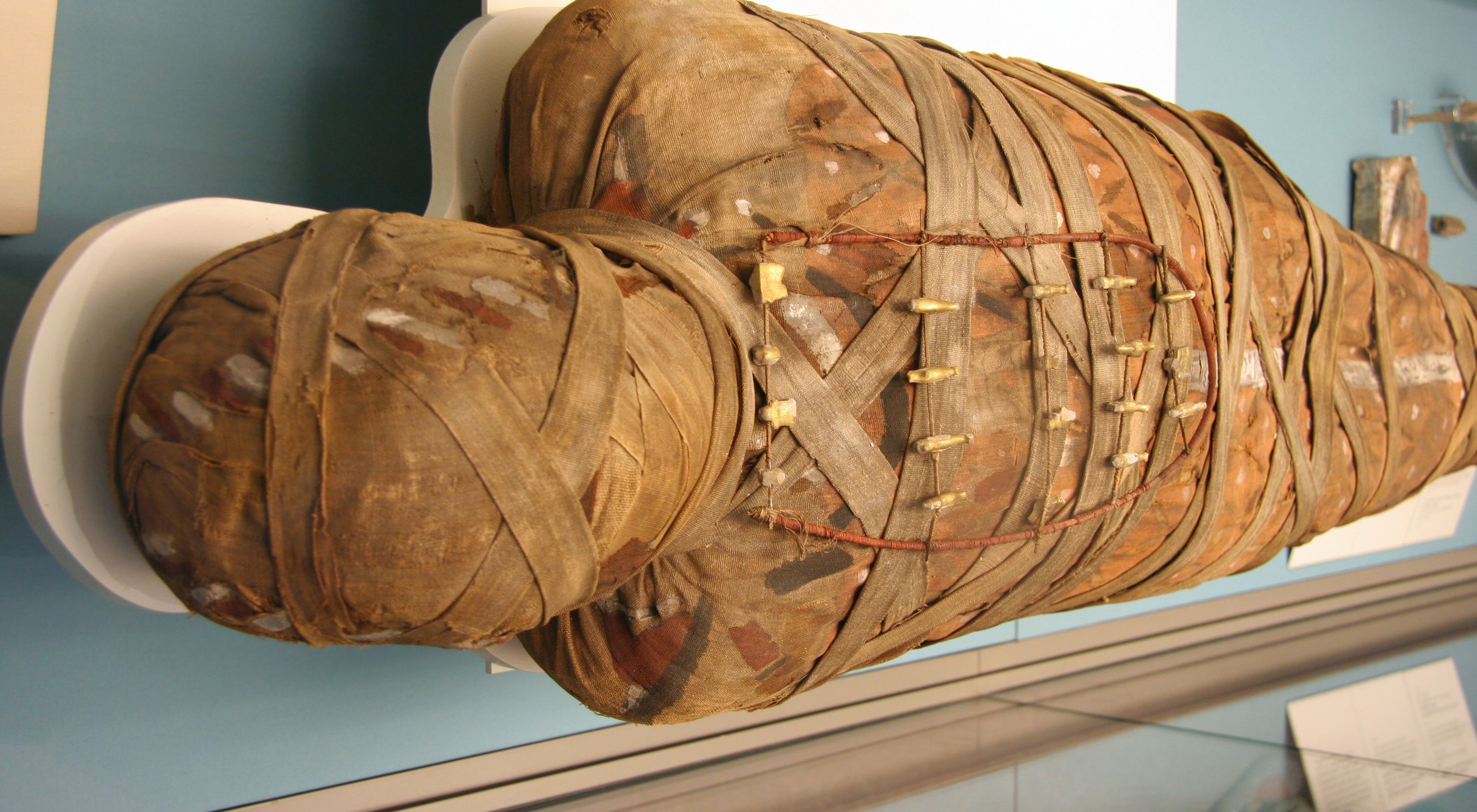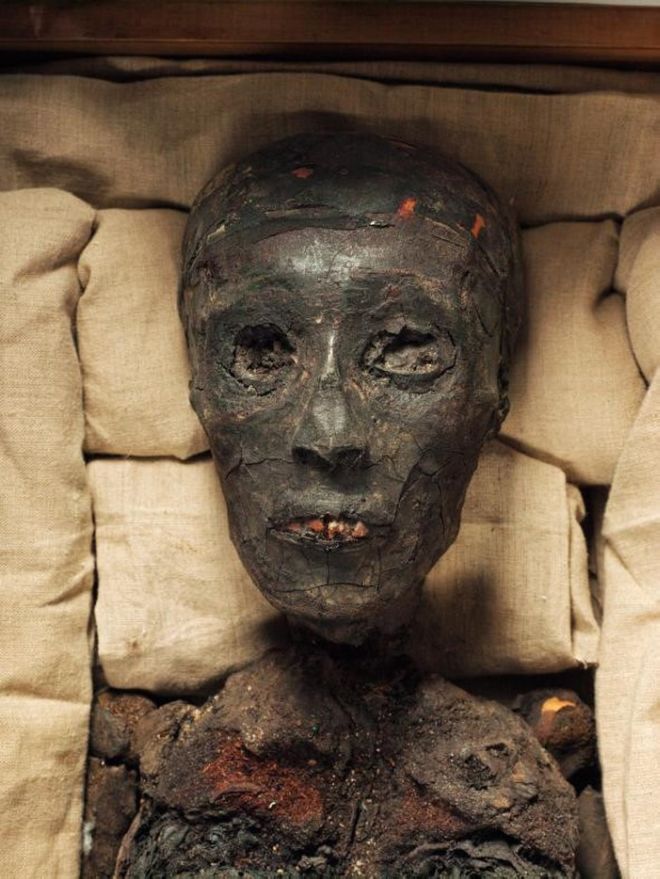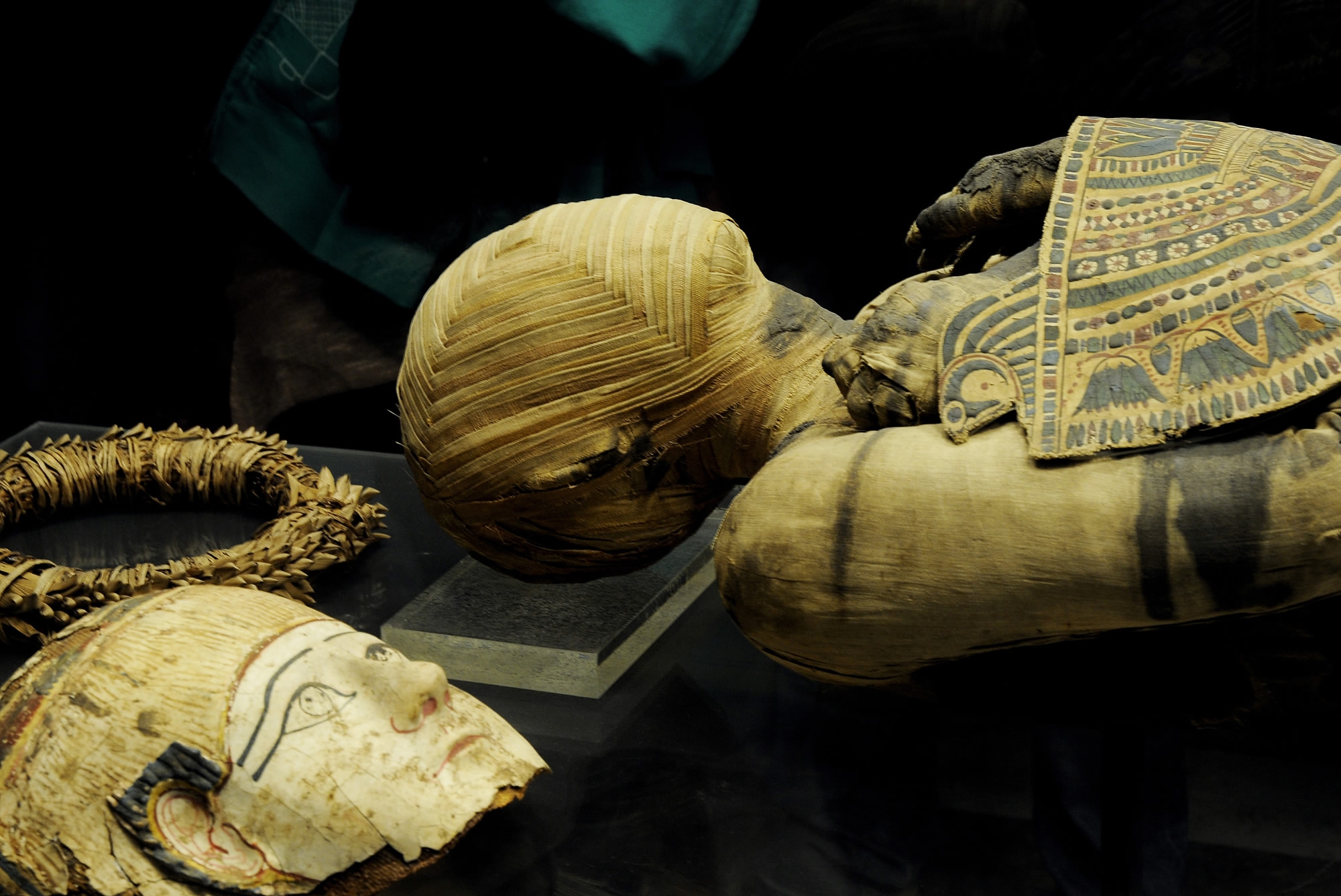
If you’re like me, you probably thought mummies were only royalty or high ranking officials, but that was not true. Once embalmers got a fairly good working procedure for mummification, it wasn’t just kings and officials who were being mummified. Nearly everyone in Egyptian society who could afford it, was having it done. By the end of the 7th century AD, the country contained an estimated 500 MILLION mummies! Egyptians from the 1100’s onward thought of them more like a natural resource than the bodies of distant relatives, and treated them as such.

For over 400 years, mummies were one of Egypt’s largest export industries. As early as 1100, Arabs and Christians ground them up for use as medicine, which was often rubbed into wounds, mixed into food, or stirred into tea. By 1600, you could buy a pound of mummy powder in Scotland for about 8 shillings.

But by then, medicinal mummy use began to decline, as many doctors started questioning the practice. “Not only does this wretched drug do no good to the sick,” the French surgeon Ambrose Pare wrote, “…but it causes them great pain in their stomach, gives them evil smelling breath, and brings on serious vomiting which is more likely to stir up the blood and worsen hemorrhaging than to stop it.” He recommended using mummies as fish bait.

By the 1800’s, mummies were imported only as curiosities, where it was fashionable to unwrap them during dinner parties.
Mummies were also one of the first sources of recycled paper. During one 19th century rag shortage (in the days when paper was made of cloth fibers, not wood fibers), one Canadian paper manufacturer imported Egyptian mummies as a literal source of raw materials. He unwrapped the cloth and made it into sturdy brown paper, which he sold to butchers for wrapping food. The scheme died out after only a few months, when employees in charge of unwrapping the mummies came down with cholera.

Note: Tomorrow we learn how to make a mummy.
LikeLike
LikeLike
LikeLike
I am going to go sit by the fire for a bit…
Good Night All!
LikeLiked by 1 person